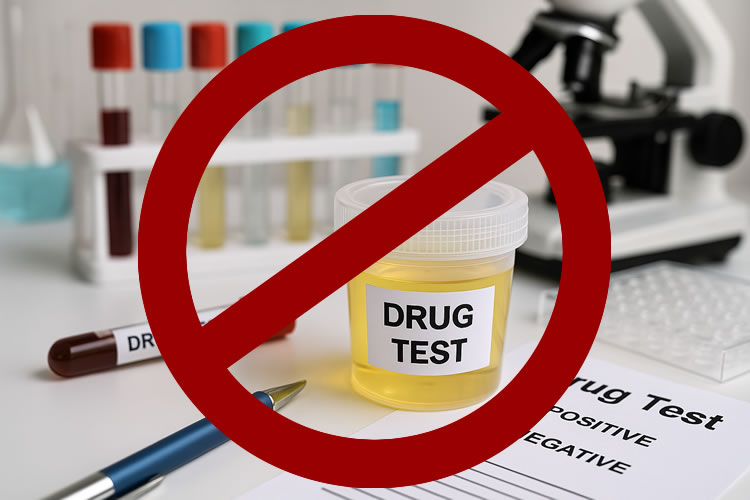This one’s beatable—if you catch it in time.
Colorectal cancer is the second leading cause of cancer-related deaths in the United States. It takes more than 50,000 American lives every year—but what makes that number so frustrating is that most of those lives could have been saved.
This is a cancer that doesn’t move fast. It doesn’t come out of nowhere. In most cases, it gives you a full decade—sometimes more—before it becomes a real threat. That’s time to act. Time to catch it. Time to stop it in its tracks.
The tools exist. The tests work. So why are so many people still getting caught off guard?
A Quiet Cancer With a Long Fuse
Colorectal cancer usually starts as a small, non-cancerous growth in the colon or rectum called a polyp. These polyps form slowly over many years, and not all of them turn cancerous—but some do. And by the time symptoms show up—fatigue, weight loss, changes in bowel habits—it’s often already advanced.
But here’s the good news: a colonoscopy can find and remove those polyps before they become dangerous. It’s not just detection—it’s prevention.
The Stats That Matter
Colonoscopy remains the gold standard for colorectal cancer screening—and the numbers back it up:
- It reduces the risk of developing colorectal cancer by up to 67%.
- It lowers the risk of dying from colorectal cancer by about 62%.
- And for people who’ve already had polyps removed, sticking to the recommended 3–5 year follow-up schedule cuts their future risk by another 30%.
In total, following screening guidelines drops your lifetime risk of colorectal cancer by about 70%. That’s not a small edge. That’s the difference between a treatable condition and a life-altering diagnosis.
The Alternative Is a Lot Harder
Nobody’s thrilled about the idea of a colonoscopy. There’s the prep. The appointment. The awkwardness. But here’s the thing: a few hours of inconvenience every five or ten years beats months or years of chemo, radiation, and surgeries.
Because once this cancer spreads, the treatment doesn’t just take over your schedule—it takes over your life. And if it comes to that, it’s no longer about one doctor and one test. You’re dealing with a team of specialists, possible hospital stays, and maybe even a colostomy bag.
You’re not avoiding the attention—you’re just delaying it until it’s far more intense, invasive, and personal.
🍁 Make a One-Time Contribution — Stand Up for Accountability in Vermont 🍁
When to Start—and What to Choose
For most adults with average risk, screening should begin at age 45. If you’ve had polyps before, or if you have a family history of colorectal cancer, your doctor may recommend starting earlier or screening more often.
There are several ways to get screened:
- Colonoscopy: Done every 10 years if no polyps are found. If you’ve had them before, your doctor may recommend a 5-year or even 3-year schedule.
- Stool tests (like FIT or Cologuard): Done every 1–3 years. These are better than nothing, but not as accurate, and if anything looks suspicious, you’ll still need a colonoscopy.
- CT colonography (virtual colonoscopy): An option for those who can’t undergo the standard procedure—but again, if something shows up, further testing is needed.
The best test is the one that gets done. But if you’re healthy enough for a colonoscopy, that’s the one that gives you the most certainty and the most protection.
What to Watch for Between Screenings
Even if you’re on schedule, it’s smart to know the warning signs, especially for cancers on the right side of the colon, where symptoms are harder to spot. Keep an eye out for:
- Unexplained fatigue (could mean internal bleeding)
- Changes in stool color, especially black or tarry stools
- Unintentional weight loss
- Persistent abdominal discomfort or bloating
- Iron-deficiency anemia in bloodwork
If you notice any of these, talk to your doctor—don’t wait for your next screening.
Final Word: Take the Off-Ramp
Nobody likes to think about cancer. But this one? This is the kind you can catch. You can treat. You can prevent.
You don’t need to become a statistic.
You don’t need to suffer through something that could’ve been avoided.
You don’t need to die from colorectal cancer.
So if you’re 45 or older, talk to your doctor. If you’ve already had polyps removed, keep your follow-ups on schedule.
A little discomfort now could spare you a lot of pain later—and maybe even save your life.
Your move.
Dave Soulia | FYIVT
You can find FYIVT on YouTube | X(Twitter) | Facebook | Parler (@fyivt) | Gab | Instagram
#fyivt #ColonCancerAwareness #GetScoped #PreventableNotInevitable
Support Us for as Little as $5 – Get In The Fight!!
Make a Big Impact with $25/month—Become a Premium Supporter!
Join the Top Tier of Supporters with $50/month—Become a SUPER Supporter!










Leave a Reply to Amanda MCancel reply